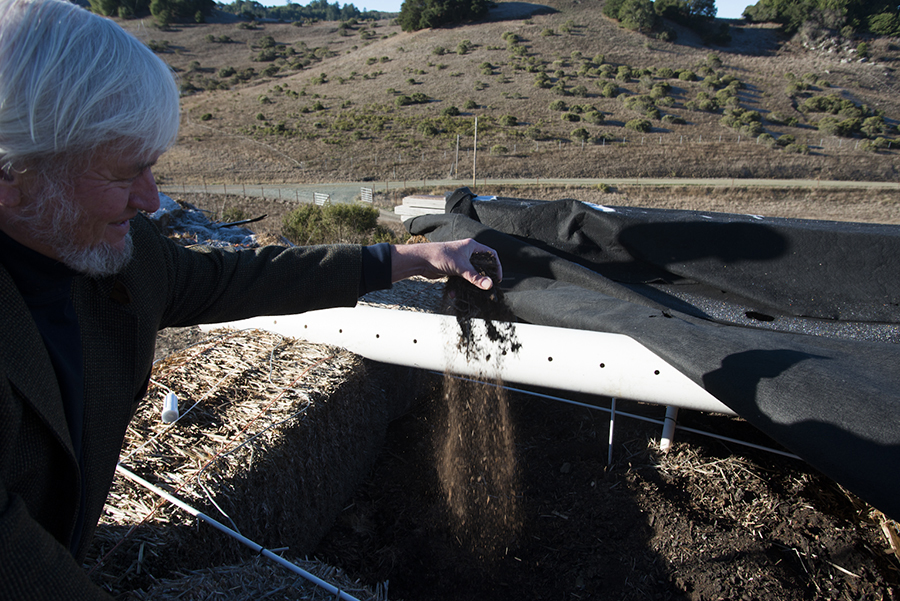They say one man’s trash is another man’s treasure, and for Mr. Hulls, a Point Reyes Station resident and project director with the . . .
Waste conversion benefits Bolinas and Haiti


They say one man’s trash is another man’s treasure, and for Mr. Hulls, a Point Reyes Station resident and project director with the . . .